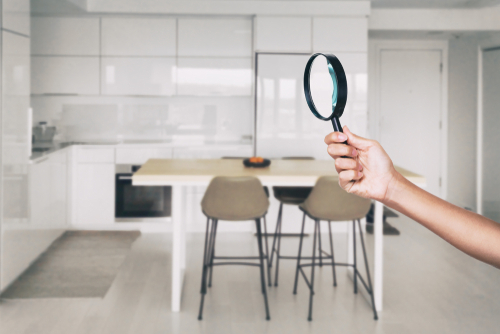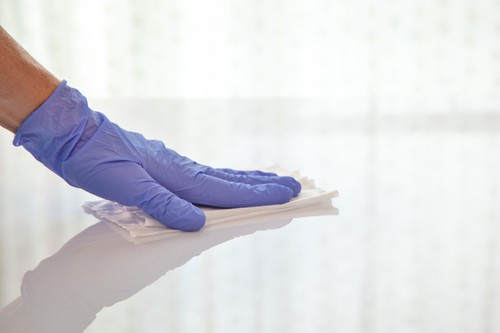
How to Prevent Bacteria Growth in My Home? According to research done by Society for General Microbiology, certain types of bacteria can divide 20 minutes at a time. And with the availability of the right nutrients and the temperatures they can easily get to this level.
A 2016 study done for the most contaminated house objects found that more than 340 bacteria were present on 30 objects. Some bacteria are not harmful and some can wreak havoc on your health. Some found throughout the house can make such sick such as:
- Salmonella
- Staphylococcus aureus, or the staph
- Mold and yeast
- Fecal matter
- Escherichia coli, or the E. coli
The SARS CoV-2 along with variants can also be found on various surfaces, so disinfection is the best measure. In the current pandemic, it’s particularly important to ensure that your house is completely germ-free.
Not only your house gets a lot cleaner and smells good, but you get a germ-free environment for everyone in the house. Let’s know how you can prevent bacteria growth at house surfaces and ensure a germ-free home.
Table of Contents
Laundry disinfection
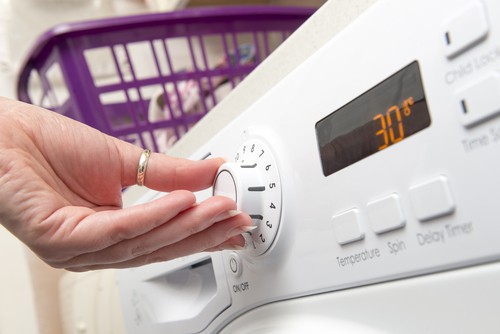
When wet laundry is left in the machine, even for a short period of time, it can result in germs flourishing. Ensure that you shift all the clean clothes to the dryer quickly after washing. Consider another cycle is the clothes rest in the washer for up to 30 minutes.
When using a shared laundry facility or laundry mat, you need to clean the washer drum with disinfection wipes. Also make sure that you wipe all surfaces, (mainly publicly used ones), before you fold your clean clothes.
Using hot or warm water is also a good measure to kill both viruses and bacteria such as the new COVID19.
Cleaning the Living room and other public spaces
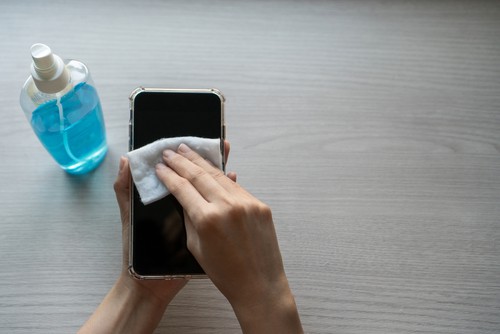
Phones, tablets, computer keyboards, remote controls often get shared among family members and guests. The NSF (National Science Foundation) got mold and yeast on the remote control, keyboard, and game controller, and staph presence on the last two item surfaces.
Contaminated surfaces also result in bacterial growth. For example, carpets hold more than eight times their weight in dust and dirt and many are dirtier than city streets.
It’s best to use soap and plain water or disinfectant wipes for cleaning items’ surfaces to prevent bacteria growth. This is helpful when they’ve been in contact with dirt surfaces such as counters or tables.
Also ensure that you wash hands each time before touching household objects, after coming from outside, or coming in contact with a person.
Putting down Toilet Seats
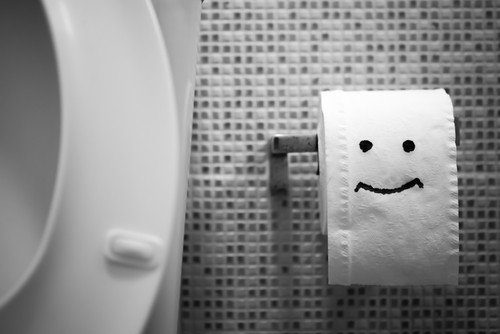
Among the various germ-infected spaces in your house is the toilet seat. Toilets must be cleaned thoroughly at least once a week. Before flushing, you need to put down the lid of the toilet seat for the prevention of germ and bacteria-infected water from landing on various bathroom surfaces, where it survives for a few hours.
Frequent Filter Changing
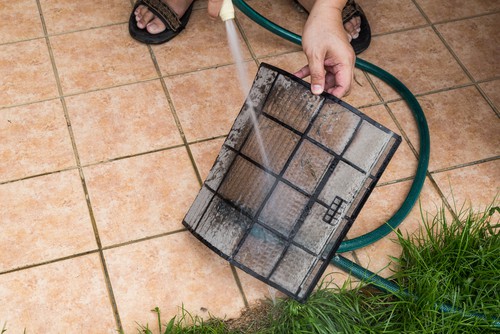
House owners with air conditioning installed in their house should ensure frequently changing the furnace and air conditioning filters, so they’re able to clean and purify carpets and air, instead of adding more dust and germs.
Checking on pets
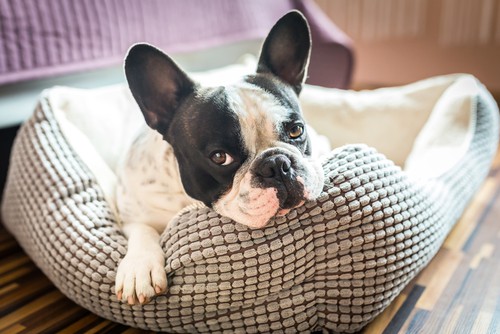
Pets can also be carriers of bacteria and germs especially if they’re outside most of the time. An NSF study showed pet bowls were fourth with a lot of germs. Also, pet toys had, yeast, mold, and staph.
Housepets along with their bowls, toys, and beds can also be the carrier of COVID19. The best prevention method would be to washing pet paws, washing their bowls daily, and toys weekly with soap and water.
How to Prevent Bacteria Growth in My Home? – Conclusion
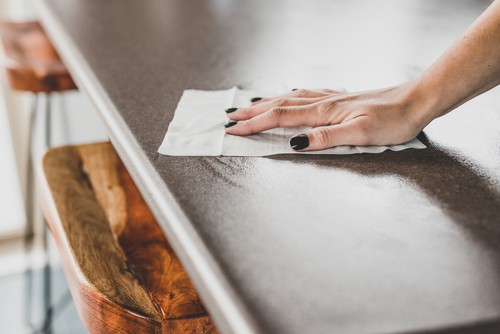
Along with these cleaning measures for your house spaces and objects, it’s also necessary to practice good hygiene habits to prevent bacteria growth. Ensure that everything and everyone is clean!
Common cleaning products that must be present in-house are soaps, bleach, hand sanitizers containing up to 60% ethanol, disinfecting wipes with more than 60 percent ethanol, or 70% isopropanol. Other measures you can take are taking off shoes before entering the house, sneezing and coughing into tissue or elbow, and avoid frequently touching your face.




